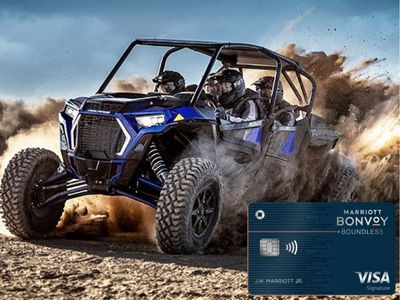Probably the biggest problem with tackling those long riding trips is having enough gas to make it. Most dirt bikes have OE fuel tanks that hold anywhere from 1.5 – 2.1 gal. KTM’s can fair a little better, but not by much. And depending on which model bike you have and it’s modifications, you’re getting high 20’s – to low 40’s miles per gallon (off-road miles). Oversized fuel tanks can can be very convenient if you like long adventures.
Serious outings can be an all day event and one tank of gas just won’t cover it. Techniques like trying to strap little gas cans to the bike or yourself are cost effective, but let’s face it…not a great idea and for a small investment you can dramatically change the way you have to plan your routes.
Oversized fuel tanks for dirt bikes and endure bikes are a key factor in taking advantage of extended riding trips. Aftermarket gas tanks can increase fuel capacity from 50% to 100%. Some bike models like the, 04-06 Yamaha WR450 also have an option of a 6.6 gallon fuel tank like the one manufactured by Acerbis.
Currently, three brands make up the majority of the dirt bike fuel tank market, Acerbis, IMS and Clarke. All three brands have respectable reputations in this field. Most of the differences between these tank brands come down to the gallon capacities offered and fit and finish.
While one brand of tank may be a tough fit on one bike, it doesn’t mean that brand is hard to fit on all make/models of bikes. Some gas tank applications install tougher then others and it’s just the nature of the beast. I’ve seen where multiple guys who have the same model bike will buy the same brand and size tank and for some reason some guys will say it was an easy install and the others will say it took a lot longer then they thought it would. This could also be a reflection of someone’s mechanical skills…but who’s to judge.
Tank manufactures take careful considerations to make sure their fuel tanks offer the most capacity, have a stylish design, fit the bike right and function correctly. Unfortunately though, sometimes these requirements that the manufactures have to meet force you to make small modifications to the bike’s radiator shrouds, seat mounts and in some cases things like turn signals to make the tank fit. (Turn signals on some applications can hit the tank at full turn, forcing you to raise or adjust the mirrors forward with a shim)
These tanks can offer cool features like translucent plastic, which allows you to see you’re fuel level just by looking at the side of the tank, no more taking the gas cap off every time to check the fuel level. You can also sometimes opt for a “dry brake” system which is suited for race applications. This option allows you to utilize the racing style fuel cans where you just slam the can nozzle into the top of the bike’s gas tank and fill it quick.
With extra large tank models such as the ones that are 4-6 gal., check to see if they require two petcocks. If the tank you’re considering has two petcocks check to see if the petcock is included, along with extra fuel line and a “T” fitting to make your junction in the fuel lines before you go into the carburetor. If the kit does not include these items you’ll have to pick those up before you began the install.
Also, take into consideration what size tank you need. The biggest tank isn’t always the best option. Why are you looking into a bigger gas tank for your dirt bike? Is it to complete a few extra laps around the track. Maybe it’s to just stay out on the trail an extra hour or two. Or are you getting prepared to start doing some major rides that require maximum fuel capacity.
Whatever the reason, get the size tank that will meet those demands. Getting to much tank can become more of an obstacle then a bonus. For instance, larger tanks can change the way the bike feels, each gallon added adds 6.15 lbs to the bike. So if you just need to be able to complete a few more laps on a shorter track, opt for a tank that gives you .5 gal., just enough to do the job.
So, figure out what your goal is. From there find out your bike’s MPG. Then calculate the total distance you would like to be able to travel on one tank of gas. Then look for a tank that meets that mileage, that’s the one you need.
Just another quick tip, take a permanent marker with you to the gas station when you fill up the new tank, after you have one gallon in the tank make a small mark on the tank at the fuel level and do that again for the 2nd and 3rd gallon levels. Then you’ll be able to refer to those marks on the trail and know how much fuel you have left and how much further you have until your next fill up.
Brands
Easily narrow results by searching your bikes “Model”. Example: “YZ450F”

